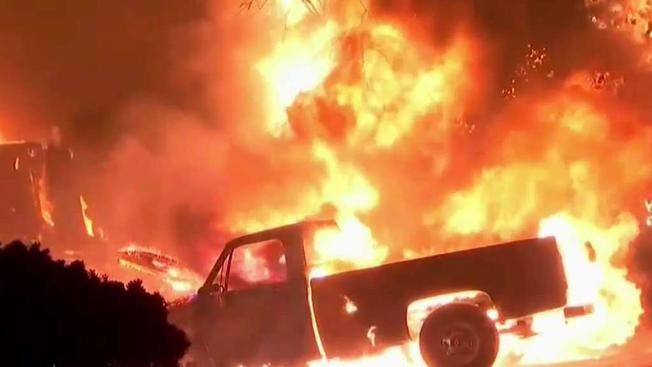
Emergencies can be highly unpredictable. You could be well-prepared for a crisis, but if there’s an earthquake and the house comes crumbling down, whatever food and water supplies you’ve stored will be destroyed. The structural integrity of the house will be compromised, and you won’t be able to stay there.
You have no choice but to evacuate. Based on this scenario, every prepper needs to have an evacuation plan. This article will give you a few points to bear in mind when formulating your plan.
(opens in a new window)
Proximity
During a catastrophe, roads may be impassable. The area could be flooded. Your car may be damaged, etc. How close will your shelter be? Do you have family, friends or even neighbors who are nearby and could take you in? Is it within walking distance or will you need a vehicle to get there?
Is Your Family Aware?
A plan is only good when everyone is onboard and knows what’s going on. What if your spouse is at work? If the kids are at a friend’s house, do they know what to do? Will everyone meet at home and evacuate, or will they meet you at the secondary location? During a crisis, there’s often little time to think. Contacting your family members may not be possible if they don’t have access to a phone. Any of these scenarios could happen, and it’s more than likely that they will. So stay prepared and rehearse well.
Be Detailed
Ensure that all family members from the children to the adults have a laminated card with a list of all the family members and their contact information. If anyone is alone and injured, first responders will know how to reach the next of kin. If there’s panic and everyone is scrambling for their lives (as would happen in the case of something like a tsunami) you may lose sight of a family member or two when the situation is chaotic. With these details, there’s a much higher chance of finding them sooner and getting to a safe place as a family as soon as possible.
Communication
During a crisis there must be a plan of communication. If everyone is calling the same person for information, calls may not go through or be delayed. One way to handle this if you have multiple children is to decide ahead of time which children will call mom and which children will call dad. If calls don’t work, tell them to try texting. It’s a good idea to come up with codes that everyone remembers so that you do not have to send long texts to get your message across.
Kits
It goes without saying that every family member needs a bug out bag or a grab bag that they can grab and go in an emergency. The grab bag will contain supplies such as food, water and other items that will help you get through the next 72-hours with minimal hassle.
Pets
If you have pets, you’ll need to evacuate them too. While you can’t move an aquarium, you can save your cat, dog, hamster or rabbit away from danger. You’ll need food supplies for them (probably stored in your grab bag) and a portable carrier to transport the pet. It’s good to bring a tent or small shelter for them to stay warm and dry in. Evacuation shelters may not allow pets. If you must leave them outside, they’ll be sheltered, and you can still check on them at regular intervals.
Observe these tips when creating your evacuation plan. It’s imperative that you have a good plan and a good support network. Get to know the people around your neighborhood well. These are the people who will most likely be able to help you in an emergency, and vice-versa. No man is an island.



